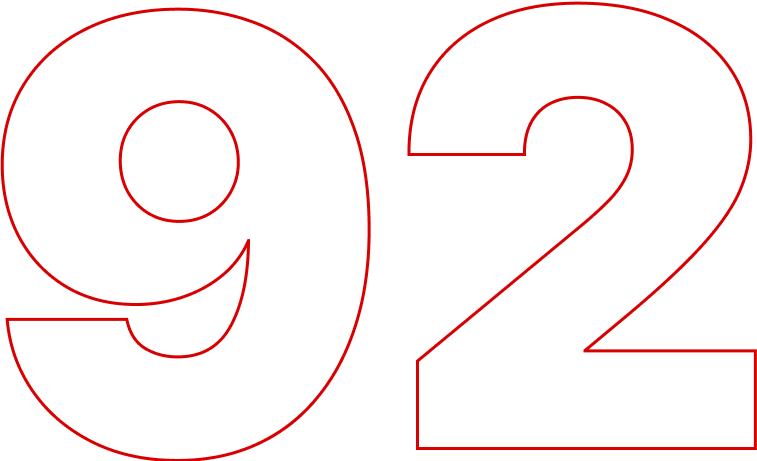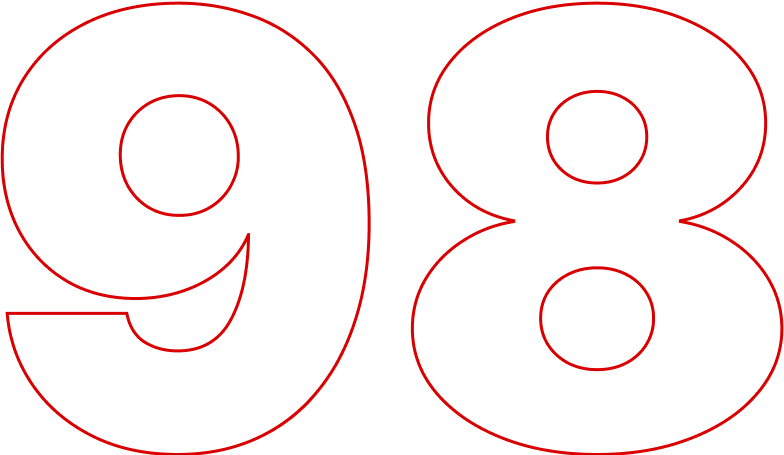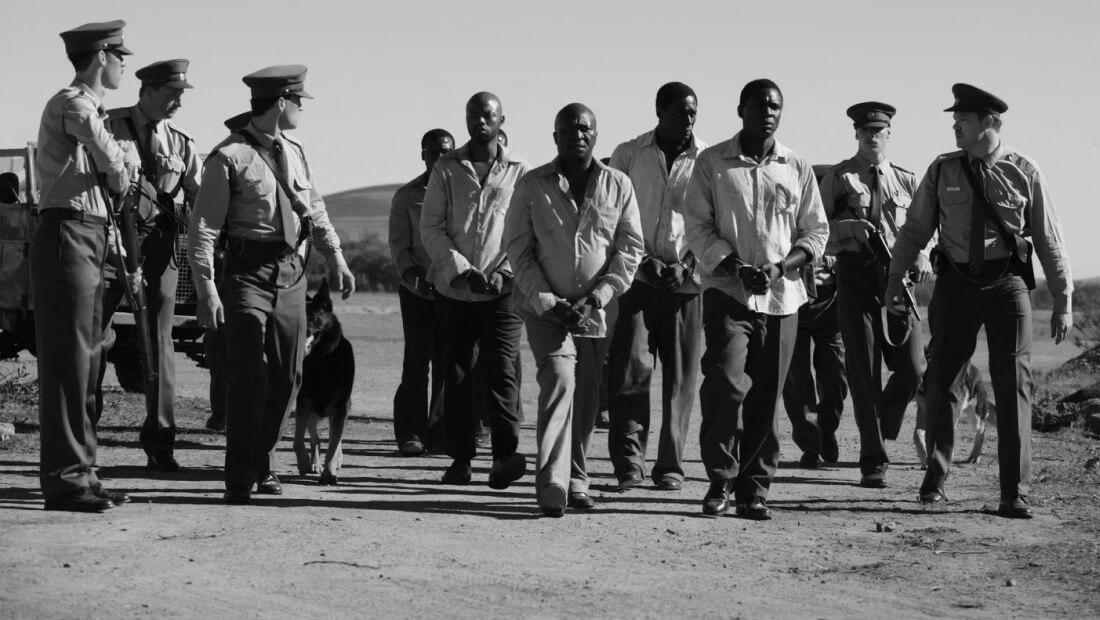











apartheid
The fight against Apartheid
The end of the Apartheid era
Post-Apartheid
Contacts
Apartheid was an official racial segregation policy practiced by the National Party in the Union of South Africa and the Republic of South Africa from 1948 to 1994.
The introduction of the apartheid system
The National Party began to implement the programme of apartheid after winning the 1948 elections
The apartheid was rooted in the Group Areas Act. The purpose of this piece of legislation was to geographically separate racial groups.
Apartheid was conceived to maintain white supremacy by restricting the African population to specific areas also known as the bantustans. The territories reserved for the whites would only admit those Africans who were needed to operate industrial plants or to serve the white population.


Children behind a fence, separated from the white community, 1973
"caution beware of the natives" Johannesburg, 1956
The Apartheid system
Laws were passed that deprived the native and "non-white" population of virtually all their civil rights
Mixed marriages were forbidden.
Criminal prosecution for any sexual contacts between the whites and persons of any other race.
Racial classification introduced for all citizens.




Inscriptions in English and Afrikaans, 1957
Segregation even extended to pedestrian bridges, outdoor movie theaters, cemeteries, parks, public restrooms, crosswalks, and cabs.
1953 — the Separate Services Act was passed. It provided for segregated beaches, public transportation, hospitals, schools and universities.




White man's territory near Cape Town, 1976
A toilet for the blacks, colored and Asian Women, 1986
A Taxi Stand for the whites, 1967
Tighter passport controls were introduced: the blacks were required to carry identity cards at all times.
The blacks were forbidden to live in "white" towns without permission, or even to visit them. Only those who had jobs in big cities were allowed to live there, but not their family members.

Black people were forbidden to move or travel from one district to another without a pass, known in Afrikaans as dompas — "stupid pass". In Cape Town as well as other towns in Natal, they were forbidden to go out after sunset.

Map of bantustans
Transkei
The population is about 3.2 million. 2.9 million of them are Khosa people.
Bophutatswana
One of the seven bantustans was alloted for the Tswana. The primary source of income was gambling. It was famous for its Sun City resort and casino (a local equivalent of Las Vegas).
Transkei
Bophutatswana
Venda
The Venda bantustan. The Venda University of Thohoyandou was founded in 1982. It still exists today.
Venda
Ciskei
The Khosa bantustan. In 1992, Ciskei defense forces opened fire on an 80,000-strong march. Twenty-eight protesters were killed and 200 were wounded.
Ciskei
Gazankulu
The Tsonga bantustan. Population 955,000.
Gazankulu
KaNgwane
The Swazi bantustan. Unlike other bantustans, Kangwane did not have its own flag and used the South African flag.
KaNgwane
KwaNdebele
The Ndebele bantustan. Population 300,000.
KwaNdebele
KwaZulu
The Zulu bantustan. Population 3.4 million.
KwaZulu
Lebowa
The Pedi bantustan. Population 1.8 million.
Lebowa
QwaQwa
The Basuto bantustan. Population is 180,000.
QwaQwa
hover
click
Hospitals and ambulance services were also segregated: the hospitals that catered to the whites were usually well funded and provided high quality services, while hospitals designated for the blacks were underfunded and understaffed. In many black neighborhoods, there were no hospitals at all, nor was there any running water or electricity.
The Bantu Education Act stipulated that black children were to be taught only the basic skills needed to work for whites.
Bantu
Bantu is the common name for more than 400 ethnic groups living in sub-Saharan Africa - Shona, Rwanda, Zulu, Congo, Makua, Khosa, Rundi, and Chokwe.
Specific higher education facilities were established for non-white racial groups. However, the percentage of admitted black students was extremely low.
Children living in a slum, 1952
CHILDREN SCAVENGING NEAR CAPE TOWN, 1955
The entire population was divided by law into four groups: whites, blacks, Asians, and "colored"
The "colored" included people of mixed race whose ancestors came from other groups.
The South African authorities developed a complex set of rules to define the "colored". Sometimes members of the same family could fall into different groups. After further investigation, all colored people were "catalogued" into smaller subgroups.
"FOR Colored only"
Under Apartheid, the colored people were also discriminated against and were moved to special suburbs. The quality of education provided to colored people was far worse compared to what was offered to the whites (though better than that provided to the blacks).
The fight against Apartheid
Apartheid was not supported by all sections of the white population
University administrators and professors criticized Apartheid policies and often sabotaged them despite the government’s efforts to implement segregation.
World War II veterans' organizations actively opposed Apartheid. Because the National Party sympathized with the Nazis and opposed the Anti-Hitler Coalition.
The South African Communist Party, which fought against Apartheid, also had many whites, for historical reasons, mostly Jews.
A demonstration against Apartheid, 1969
The blacks started a resistance, which led to riots
In 1949, the African National Congress adopted a program that openly called for protests in the form of strikes, protest marches and acts of civil disobedience.






Protests in front of the courthouse during the activists treason trial, 1956
The Soweto uprising, 1976
Mass protests against racist policies, 1986
A CROWD AT A PROTEST RALLY IN JOHANNESBURG, 1952
30,000 PROTESTERS MARCHED TO DEMAND THE RELEASE OF PRISONERS, 1960
Opponents of Apartheid were arrested on charges of treason.

Nelson Mandela and his fellow African National Congress members after being sentenced to life, 1964
In Sophiatown, black youth gangster groups, most notably Don Mattera’s Vultures, actively resisted Apartheid security forces, sometimes escalating to armed attacks.

Police opened fire twice on unarmed black demonstrators. This led to the formation of a militant organization called Umkonto ve Sizwe and to a black uprising that spread to almost every city in South Africa. A state of emergency was declared.
Demonstrators shot in the town of Charleville, 1960

Internationally, Apartheid has drawn strong condemnation
The UN General Assembly adopted the International Convention on the Suppression and Punishment of the Crime of Apartheid.
The purpose of the Convention is to lay a legal foundation for the UN member states to be able to impose sanctions on the South African government in an attempt to get it to change its policies.
However, the language of the Convention had a broader interpretation: it prohibited any State from resorting to similar measures.
The Rome Statute defines Apartheid as one of the 11 crimes against humanity.


Protests against racial discrimination in South Africa. London, 1956
A bus in London promoting the boycott of Apartheid, 1989
Since 1964, South African athletes have been barred from international sporting competitions
In 1976, 26 African countries organized a boycott of the Olympic Games. This boycott was a form of protest against a friendly rugby match between South Africa and New Zealand because South Africa was under sanctions. Athletes who maintained contacts with South Africa were also disqualified.

The end of the Apartheid era
South Africa’s business community stepped up their pressure on the government over the threat of Western sanctions
In February 1990, the South African President Frederick de Klerk announced the lifting of the ban on the African National Congress, the Pan African Congress, and the full pardon for Nelson Mandela.
27
After spending 27 years in prison Nelson Mandela was elected Vice President of South Africa. In 1991 all racial segregation laws were abolished. During the 1994 parliamentary elections Mandela’s party won 63% of the seats and Nelson Mandela became President of South Africa.

Nelson Mandela and his wife Winnie after his release from prison
Apartheid
The nearly 45-year long era of Apartheid in South Africa came to an end
The government decalred amnesty and subsequent rehabilitation of political prisoners. Prisoners of conscience were released and dissidents were free to return to South Africa from abroad. They were guaranteed further immunity from prosecution for political opinions. By 1991, 933 "anti-apartheid fighters" were released. In total, about 6,000 political emigrants returned to South Africa.

Prison for political prisoners on Robben island
Nelson Mandela and Frederic de Klerk won the Nobel Peace Prize for their struggle against Apartheid
Nelson received more than a hundred awards. In 1993, Mandela, together with Frederic de Klerk, was awarded the Nobel Peace Prize for "working for a peaceful end to the Apartheid regime and for preparing the basis for a new democracy in South Africa."

Nelson Mandela and Frederick de Klerk at the Nobel Peace Prize ceremony, 1993
Post-Apartheid
After Apartheid was abolished, the indigenous people gained access to education and could run for public office
International sanctions against South Africa were lifted, sparking an influx of foreign investments.
South Africa’s murder rate has steadily declined since 1994, dropping nearly a half in 2011.
The country experienced economic recession coupled with a surging crime rate and wide-spread unsanitary conditions: in Johannesburg, the downtown business district was virtually abandoned, and numerous skyscrapers were taken over by the homeless, gangsters and drug addicts. Partly, this problem persists to the present day.


A five-story high dump in the Ponte City skyscraper, Johannesburg
Today, the issue of land expropriation in favor of the black population is particularly acute.

South African women protest against the government's land reform strategy in Cape Town, 2020
The country saw its economy go down, the rate of unemployment rise, and former business districts turn into ghettos. The recovery process is still far from over.
South Africa currently leads the world in unemployment, which as of Q1 2023 stands at 32.9%.
Films to watch about Apartheid
The film is based on a book by James Gregory and Bob Graham about a white South African racist who guarded the famed political prisoner Nelson Mandela for 20 years, which eventually changed his life. James Gregory grew up on a farm in Transkei and spoke the Kos language perfectly since he was a child. After becoming a prison guard, he spied on Mandela and other black prisoners who had no idea he understood their language.
This biographical film chronicles the life of Nelson Mandela from his childhood in the countryside to his assumption of office as the first democratically elected president of South Africa. The movie shows not only the political activities and struggles of the man who became an international hero, but also his personal experiences.

Goodbye Bafana
LONG WALK TO FREEDOM

Stephen Biko leads the Black Identity Movement, advocating for the rights of the African Bantu population. His opposite, Donald Woods — a journalist, criticizes Stephen for "black racism". Woods, gradually becomes friends with Biko and grows to understand the true goals of the young anti-apartheid fighter, ultimately taking his side.
A drama based on true events depicting the transitional period after Apartheid fell. Four photojournalists travel to South Africa to capture images of the era-defining freedom fight. Some time later, the four become minor celebrities, but there was a high price to pay for that fame.

Cry freedom
The bang bang club

Share the longread





